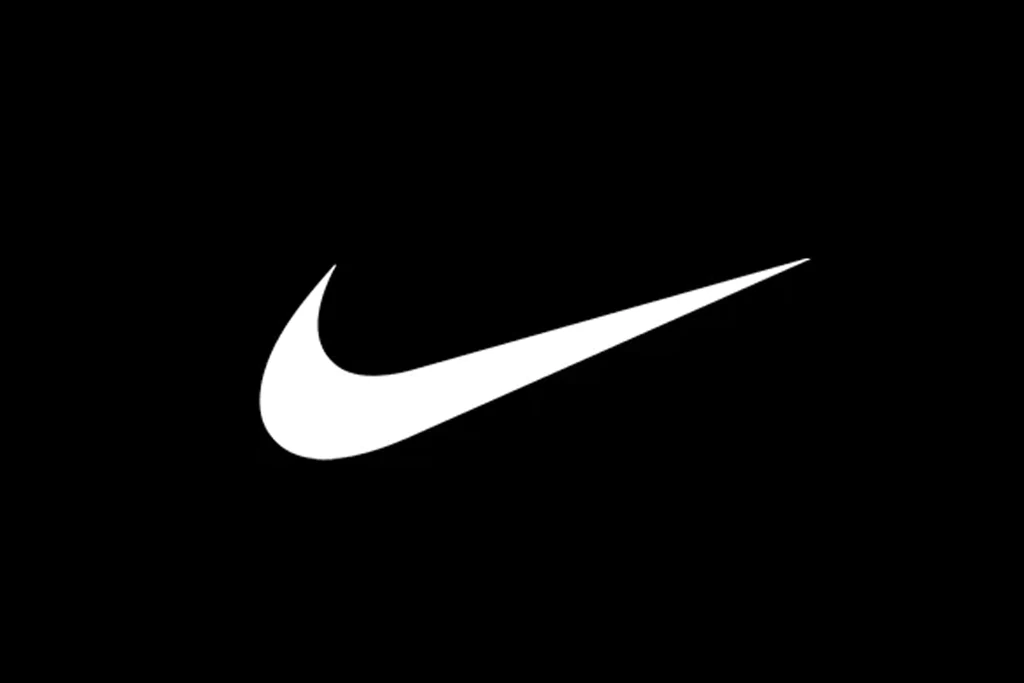In the ever-evolving landscape of branding and identity design, the concept of modern logo design stands as a beacon of innovation and creativity. As businesses and creative entities look to distinguish themselves in a crowded marketplace, the importance of a logo that encapsulates the essence of a brand while resonating with its target audience has never been more critical.
The journey of logo design, from its inception to the modern digital age, mirrors the evolution of communication, and art.
Table of Content
Understanding Modern Logo Design
Modern logo design is an amalgamation of simplicity, versatility, and adaptability, breaking away from traditional confines to embrace elements that ensure effectiveness across diverse mediums. This contemporary approach integrates minimalist aesthetics, dynamic color schemes, and responsive design principles, aiming for logos that are not only visually appealing but also highly functional in digital and physical spaces.
Key Characteristics of Modern Logos:
-
Simplicity: The Nike swoosh exemplifies how a simple, yet powerful design can achieve worldwide recognition.
-
Versatility: Google’s logo redesign to a sans-serif typeface demonstrates how a logo can remain legible and distinctive across various platforms, from desktop icons to mobile apps.
-
Memorability: Twitter’s use of the bird icon, despite its simplicity, has made it an instantly recognizable symbol across the globe.
-
Relevance: Spotify’s wave-like logo captures the essence of music and sound while appealing directly to its tech-savvy audience.

Innovative Trends in Modern Logo Design
The dynamism of modern logo design is evident in its responsiveness to cultural shifts, technological advancements, and consumer preferences. Notable trends include:
-
Geometric Shapes: The Mastercard logo’s use of overlapping circles not only creates a memorable visual but also conveys the idea of connection and integration.
-
Negative Space: FedEx’s clever use of negative space between the ‘E’ and ‘x’ creates an arrow, symbolizing speed and precision.
-
Typography: Coca-Cola’s fluid script font remains iconic, highlighting how unique typography can convey brand personality.
-
Gradient Colors: Instagram’s logo redesign introduced a vibrant gradient, showcasing the brand’s focus on creativity and visual content.
The Process of Creating a Modern Logo
Crafting a modern logo is a meticulous process that blends creativity with strategic thinking. It starts with a deep understanding of the brand’s core values and target audience, followed by concept development, design refinement, and iterative feedback, culminating in the finalization and delivery of a logo that effectively communicates the brand’s identity.
Steps in the Design Process:
-
Brand Analysis: Analyzing Airbnb’s ethos helped in creating a logo (the Bélo) that represents belonging, a core value of the brand.
-
Concept Development: Sketching preliminary designs for the Twitter bird logo led to the creation of a simple, yet expressive symbol.
-
Design Refinement: Google’s logo refinement process focused on enhancing legibility across devices without losing its playful and innovative essence.
-
Feedback and Revisions: The iterative process Spotify underwent ensured its logo remained relevant and resonant with its evolving brand identity.
-
Finalization and Delivery: Ensuring the new logo is adaptable across various formats and platforms is crucial, as seen in Amazon’s logo, which works everywhere from app icons to shipping boxes.
The Role of Technology in Modern Logo Design
Technological advancements have profoundly impacted logo design, offering new tools (like Adobe Illustrator and Sketch) that provide designers with unprecedented control and flexibility. The rise of AI and machine learning introduces novel pathways for creativity and efficiency, enabling the creation of logos that were once beyond imagination.
The Importance of Brand Identity in Logo Design
A logo is the visual cornerstone of a brand’s identity, encapsulating its vision, values, and personality. A well-designed logo fosters a deeper connection with its audience, as seen in the case studies of Airbnb, Google, and Spotify. These brands have successfully navigated the challenge of staying relevant and resonant through thoughtful logo redesigns.
Challenges and Considerations in Modern Logo Design
Creating a logo that is both modern and timeless, while fully embodying a brand’s essence, presents numerous challenges. Designers must balance simplicity with distinctiveness, ensure cross-platform consistency, and understand the psychological impact of design elements. Overcoming these challenges requires a nuanced approach that blends creativity with strategic insight.
Conclusion
As the face of the brand in the digital age, a modern logo is pivotal in narrating a brand's story and connecting with its audience. The evolution from simple marks to sophisticated visual identities reflects broader shifts in commerce, technology, and society. Embracing simplicity, versatility, and innovation, modern logo design continues to evolve, shaped by the creative visions of designers and the dynamic landscapes of the markets they serve.


